-
Posts
1,147 -
Joined
-
Last visited
-
Days Won
12
Content Type
Profiles
Forums
Blogs
Gallery
Events
Store
Posts posted by Elmar Lang
-
-
Following to Paul's interesting observation, I would like to post the pictures of a nice, little group, belonged to a soldier who fought in the 1859, 60-61 and 1866 campaigns also earning the "Menzione Onorevole" (later transformed in the Bronze Medal for Military Valour), where the French medal, bears the signature of Sacristain.
2 -
Hello,
putting order in the drawers of my collection, overseas dept., I've found two medals that are unknown to me.
The first, is surely referring to parachuting, made of anodyzed and lacquered aluminium, approx 45 mm dia.
The second medal, made of silver-plated bronze, I think should be referred to athletic, and from 1963. the suspension is an elaborate pattern of laurel leaves soldered to the rim, a strong loop to the upper centre, fitted with a thick, round ring; approx. 65 mm. dia.
I would be glad for an identification and for the translation of the inscriptions...
Many thanks in advance,
all the best,
Enzo (E.L.)
0 -
Interesting information indeed!
I am not surprised that the Emperor would have sent his aid-de-camp to see what happened to the Erzherzog Thronfolger...
0 -
I see that Gf. Hoyos was also wearer of the "Franz Josef Kreuz", also known as "Militantibus a Latere Meo", something not common to see...
0 -
Hello,
here:
although an 11 years old topic, we can have some info and pictures of the evolution of this fine award.
Best,
Enzo (E.L.)
0 -
Hello,
this is my DDR "Grenzschild", removed by me and a friend of mine, off a "Grenzsäule" in the days of the "Wende", when the Grenztruppen were not dangerous anymore, or simply, they were less concerned in defending a vanished border...
The damage to the reverse was done with a battery-operated tool, to cut the top screw, after having hammered the relatively rotting concrete of the border pillar.
1 -
Hello again,
the "1951" thing, I suspect is just a mistake of the maker. The Order was reinstituted in 1947 and also the officers who, still alive from 1947 onwards, who earned the OMS earlier than June 2nd, 1946 (proclamation of the Republic of Italy), had to exchange their Savoy's type decoration, with the "new one".
The same, happened with the Medal for Military Valour (Medaglia al Valore Militare) in its three grades, Gold, Silver and Bronze.
Also in the Order's Honour Roll, all knights of all times, are now described as having received the "Ordine Militare d'Italia", instead the "Ordine Militare di Savoia".
I would add that very few pre-1946 knights, or those decorated with the Medal for Military Valour, wore the republican type on their uniform, being the Savoy model quite tolerated.
0 -
Actually, many used to wear the OMS with the savoy-crossed medallion as "obverse", but statutorily, the obverse is the one with the crossed swords.
0 -
Hello,
the obverse is the side with the crossed swords and the year "1855".
All the best,
Enzo
0 -
Being "self styled orders" otherwise fake orders themselves, the average quality of their insignia can vary, from true jeweler's work, to cheap workmanship, depending on how rich was the "grand master" of such amusing "honours"...
0 -
On 26/09/2005 at 16:48, Peter J said:
II'd like to revive this old thread with a question: is this the piece illustrated in the old Klietmann's "Deutsche Auszeichnungen" plates' volume?
It looks like a very well finished piece of the so-called "Meybauer" type.
Any opinion?
All the best,
Enzo (E.L.)
On 26/09/2005 at 16:48, Peter J said:0 -
Hello,
the Ethiopian Campaign Medal of the official, state issue, should bear the crowned "Z" mark of the Royal Italian Mint, but due to the very large number of medals that had to be awarded, the Ministry of War purchased all the medals necessary to complete the distribution, from various makers, f. instance, Lorioli, Johnson, Pagani, etc.
I confirm that this medal is usually finished with a dark, almost black patina.
The other medal looks ok too.
All the best,
Enzo (E.L.)
0 -
Hello,
Being back home after a period at the sea with my wife and children, here I am reading again the pages of this Forum.
I can only confirm what was correctly written by the colleagues.
From what I can see in the pictures, the badge is a poor copy, struck with fake silver and maker's mark and aged with a chemically applied patina.
The mentioned markings, are more and more often appearing (along with the lozenge-shaped mark of Rothe), on fake orders and badges of the Austro-Hungarian Monarchy.
I think that in the future we'll have interesting material for passionate discussions.
0 -
Well, some hungarian colleague could be of more help, but "Feneteőr", means "Bastard"...
0 -
A medal with the same reverse with the tughrah of the hereby discussed one, is illustrated in Edhem Eldhem "Pride and Privilege", page 374, fig. 15, where the author describes such pieces as "Unofficial medals and pins commemorating the Young Turk Revolution and the re-establishment of the Constitution, ca. 1908".
Best wishes,
Enzo (E.L.)
0 -
Hello,
the cross is an original, awarded piece, where the green colour was lost during the years.
The suspension ring has been clearly replaced.
All the best,
Enzo (E.L.)
0 -
A magnificent Kanonenkreuz, with an excellent engraving and an illustrious provenance!
Thank you for sharing the pictures of a piece from your collection.
All the best,
Enzo (E.L.)
0 -
Hello again,
I would like to add some further material to this discussion, posting the image of what is considered the original prototype of the Metallenes Armeekreuz, prepared by the Kammermedailleur J.W. Harnisch in 1813.
It is made of a bronze alloy with a high percentage of copper. This same piece, belonged to the von Heyden collection, described in his work "Ehrenzeichen (...) Deutschlands und Oesterreich-Ungarns", Frankfurt, H. Keller (Meiningen, Brückner & Renner), 1897, page 239, n. 1009 and in the sale's catalogue of v. Heyden's collection, lot 860 (Adolf Cahn, Frankfurt, 19. October 1898); the cross became part of the Julius Collection, first catalogued for auction in 1932 by Otto Helbing, but the sale never took place until 1959 when, besides some loss due to the circumstances of war, it was again catalogued and sold by Gaettens, Heidelberg.
This prototype became part of the Fattovich collection: the late Professor and great collector, published it in the "Mitteilungen der Oesterreichischen Numismatischen Gesellschaft" in 1969 ("Das Metallene Armeekreuz von 1813").
In 1996, this piece became part of my own collection.
The Cross is larger than the usual Kanonenkreuz and the most notable difference is the motto "E CAPTIS TORMENT. BELLICIS MDCCCIII" (From captured enemy cannons 1813).
2 -
Any named Kanonenkreuz is a nice finding. The Wimpffen cross was just a piece of luck, happened years ago.
My further named crosses are to a "Feuerwerker", and to a "Lieutnant im Pionier-Corps" only.
All the best,
Enzo
0 -
-
Hello,
thank you for the further, highly interesting information about my Judge's badge.
I also find most interesting that the "J.H." initials could be referred to a small number of gentlemen that have served at the Mixed Courts in Egypt: giving this badge a wearer's name, would add a significant historical interest.
Thank you again and I will follow this interesting thread,
Enzo (E.L.)
0 -
Здравствуйте, Chechaco1,
Спасибо за ваш вклад в это обсуждение, и я прошу прощения за плохое использование русского языка!
Думаю, если бы вы могли писать по-английски, это было бы здорово для большинства читателей ...
(или пытаюсь использовать "Google TRanslate").
Ваши кресты действительно красивы, хотя кольца утеряны.
У кого-нибудь из них выгравировано имя на кайме?(Hello Chechaco1,
Thanks for your contribution to this discussion, and I apologize for the poor use of the Russian language!
I think if you could write in English that would be great for most readers ...
(or trying to use google translate).
Your crosses are really beautiful, although the rings are lost.
Do any of them have a name engraved on the rim?)0 -
-
Hello,
I'm more than happy that my little contribution to this discussion could have been of some help.
Paul: I'm not a hero; only, I live in Italy and the Orders of Lucca are part of our phaleristical heritage. But the mentioned drinks would be a great opportunity to meet again and discuss about Italy's ancient orders and decorations!
All the best,
Enzo
0




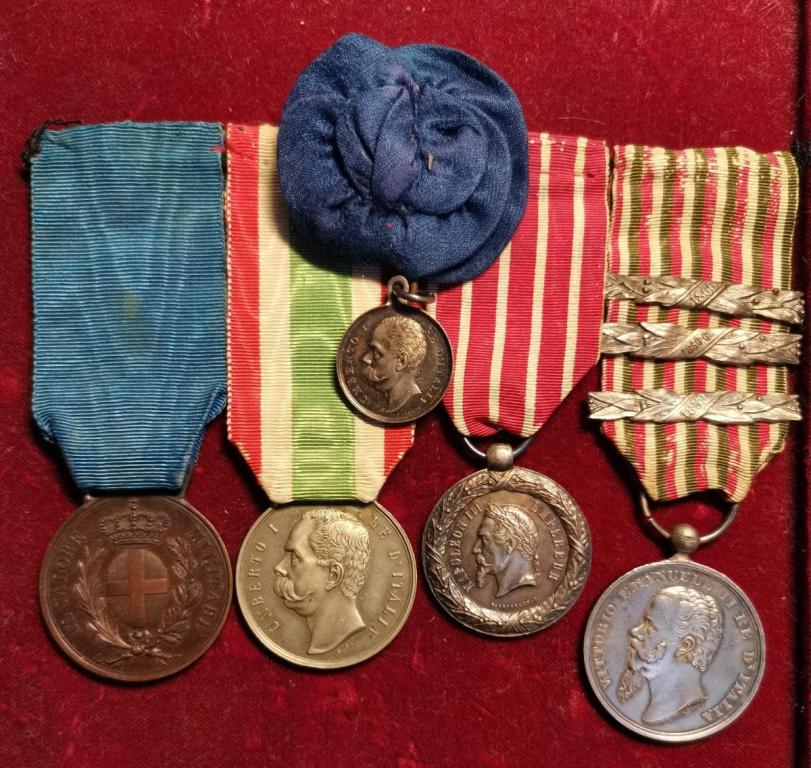
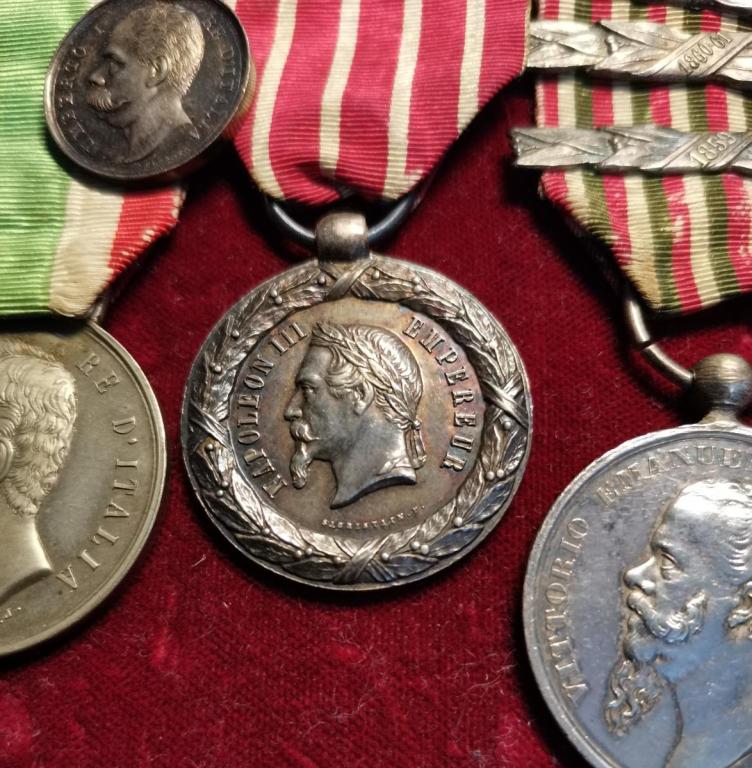

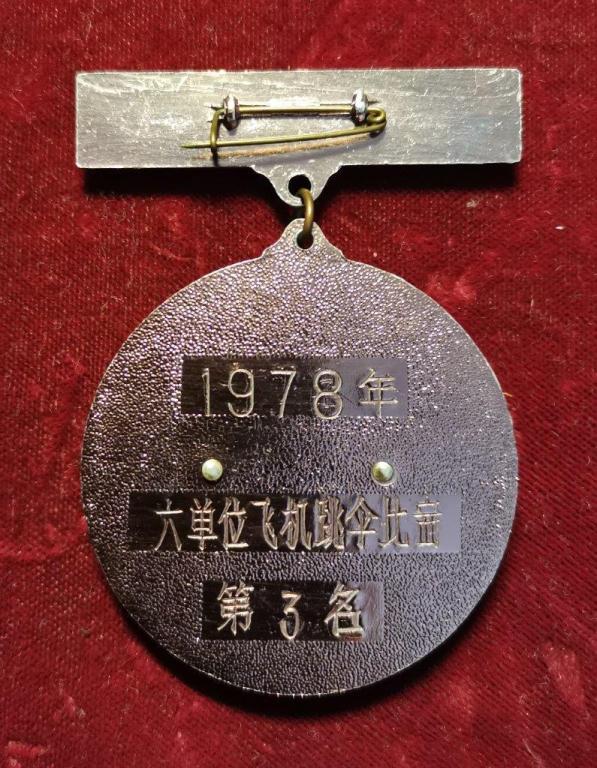
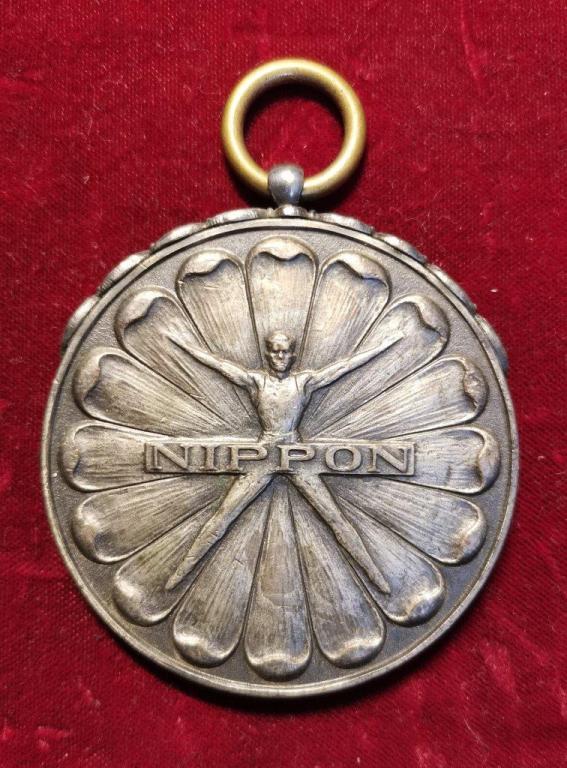
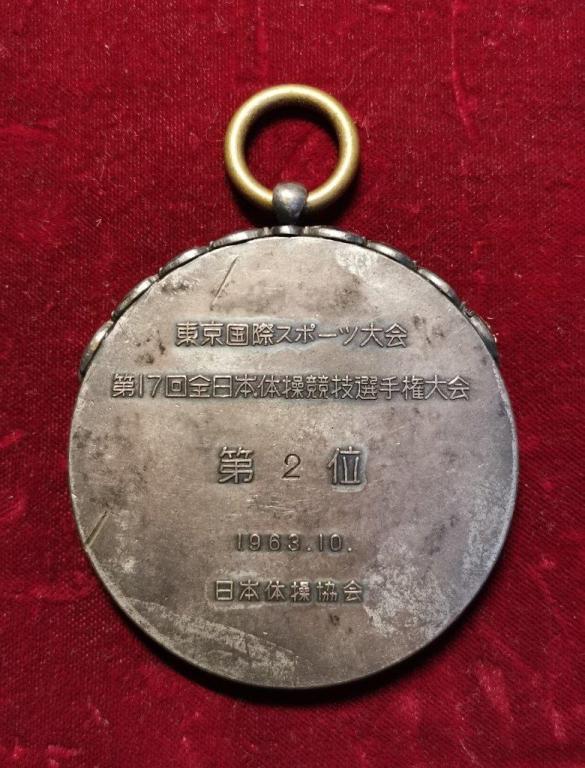



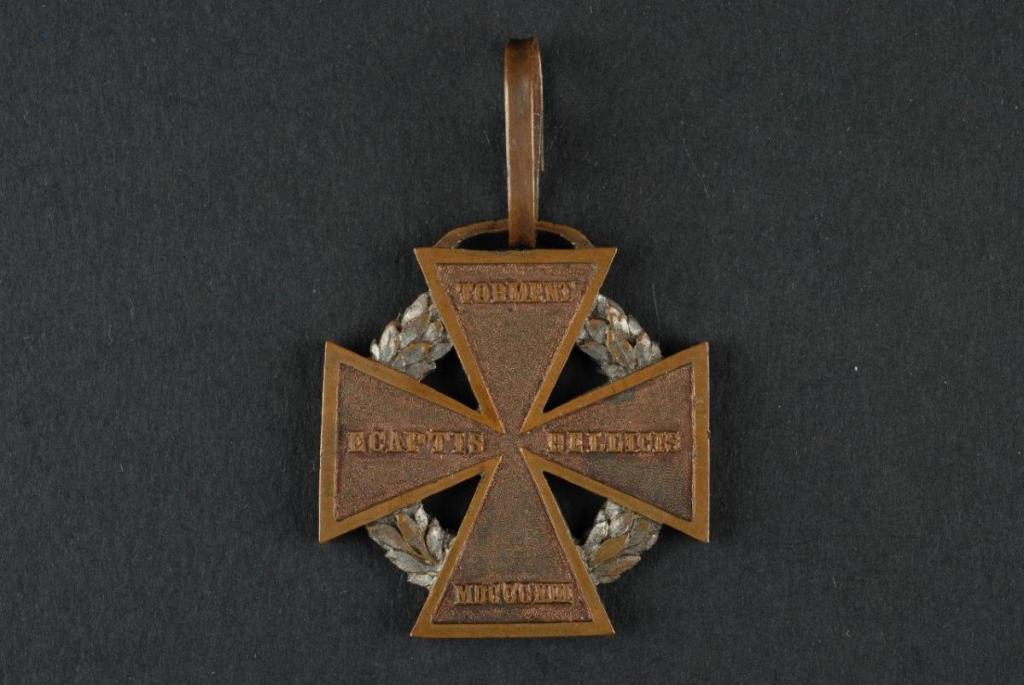
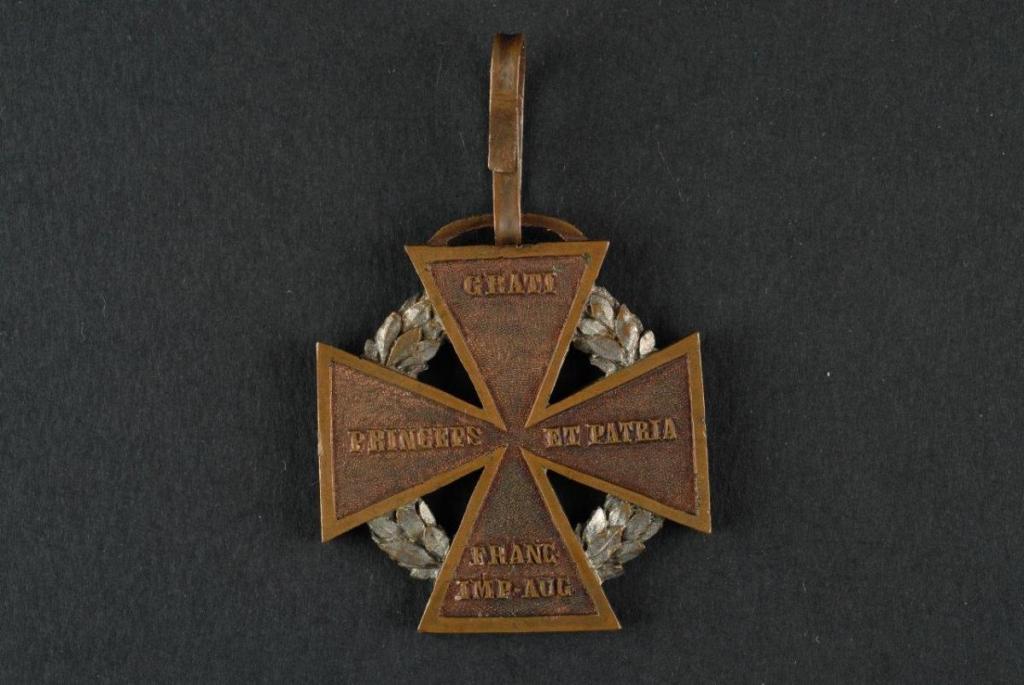
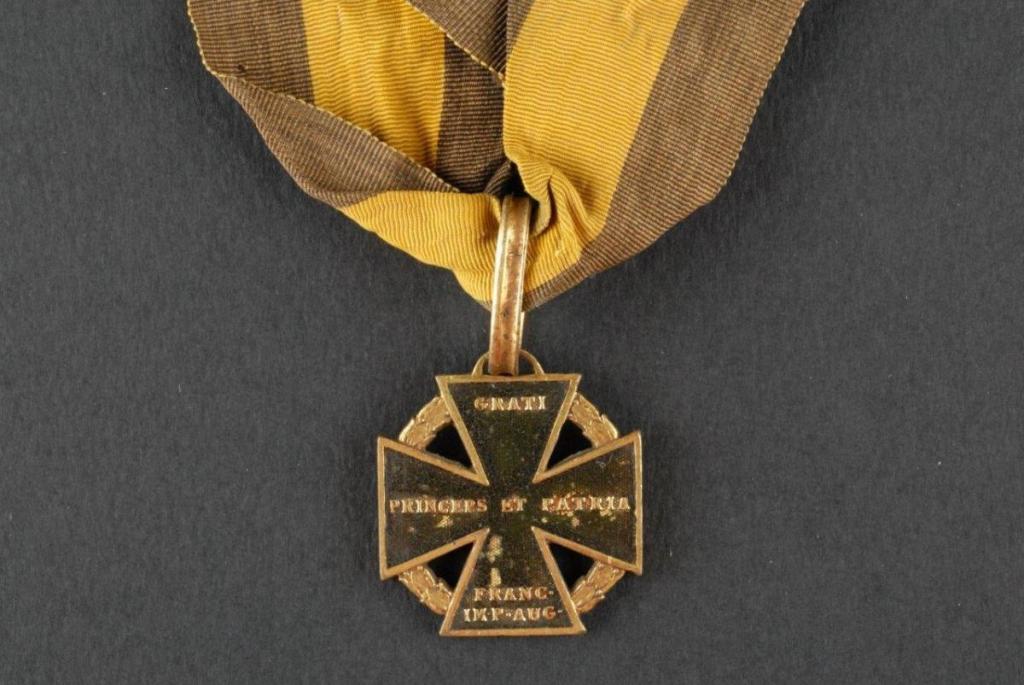
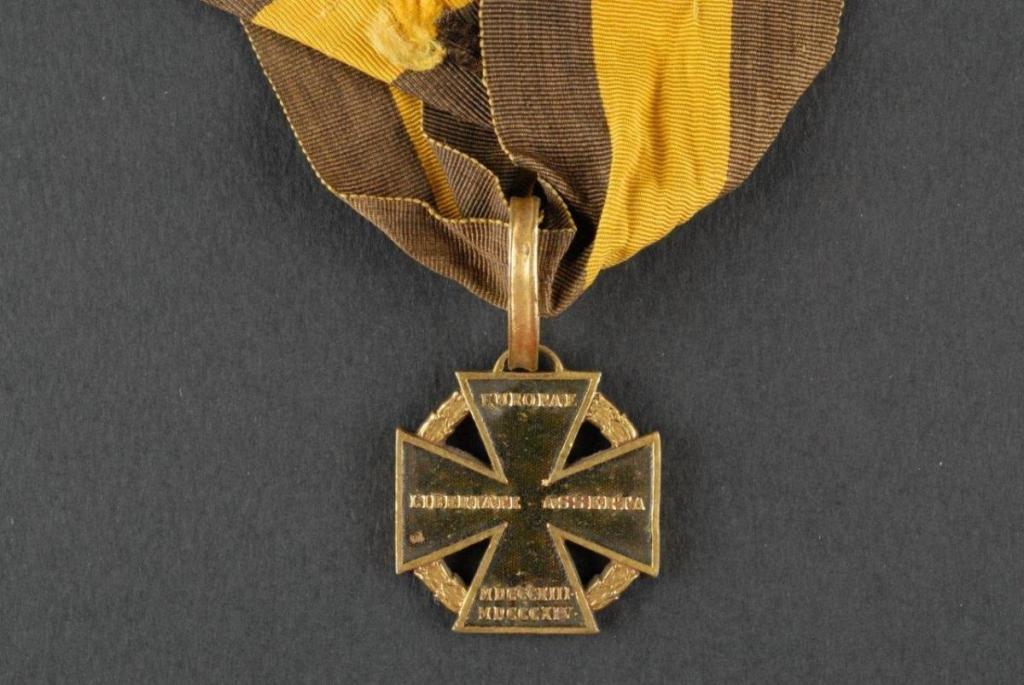
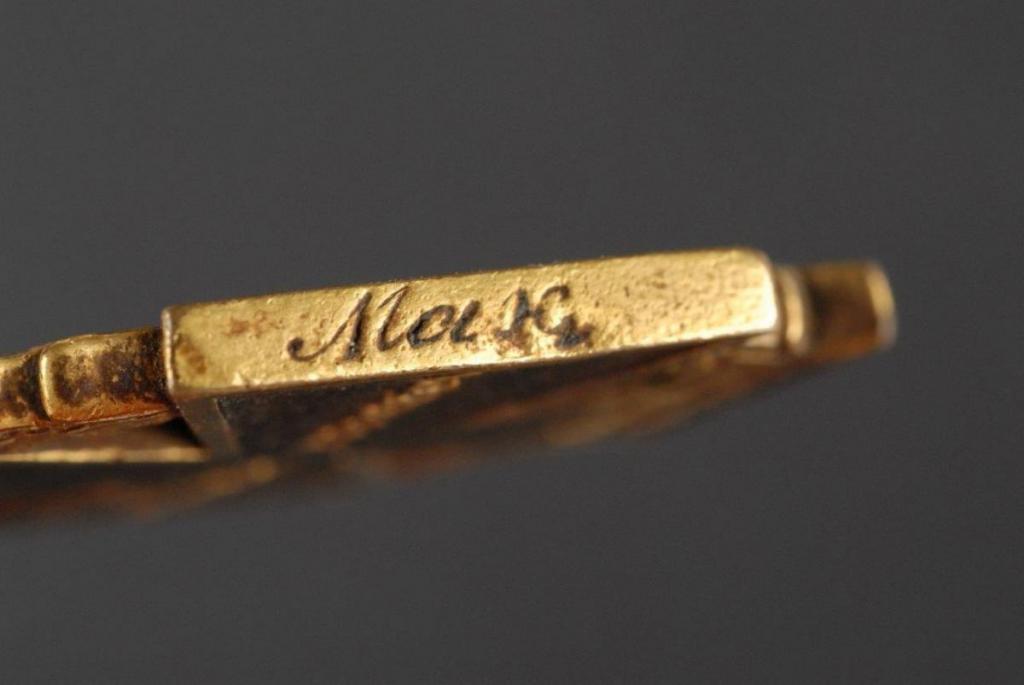
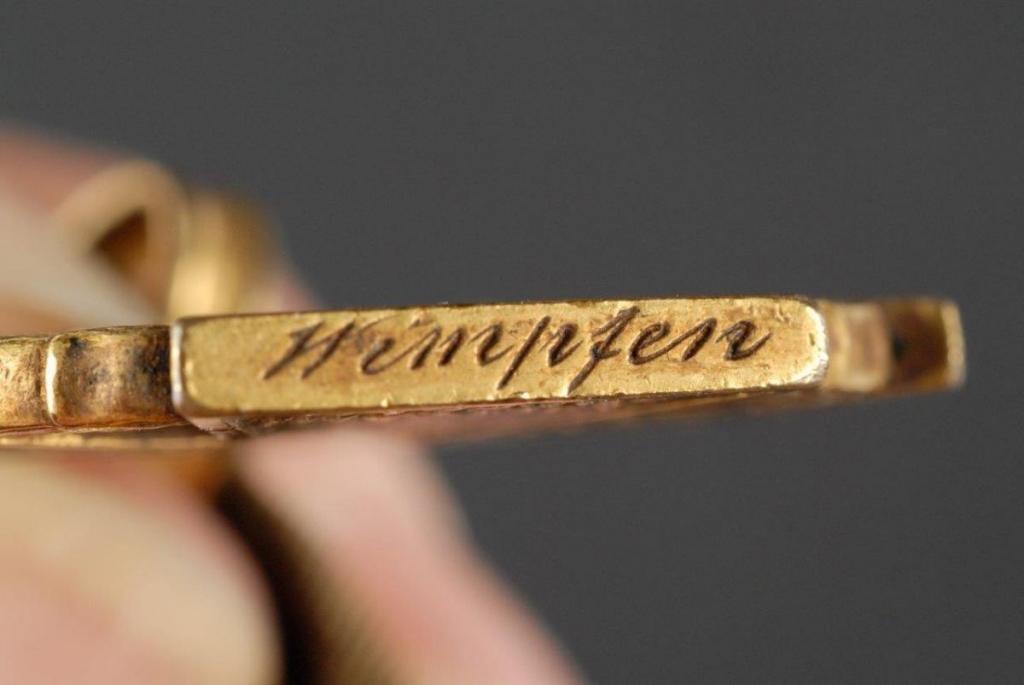
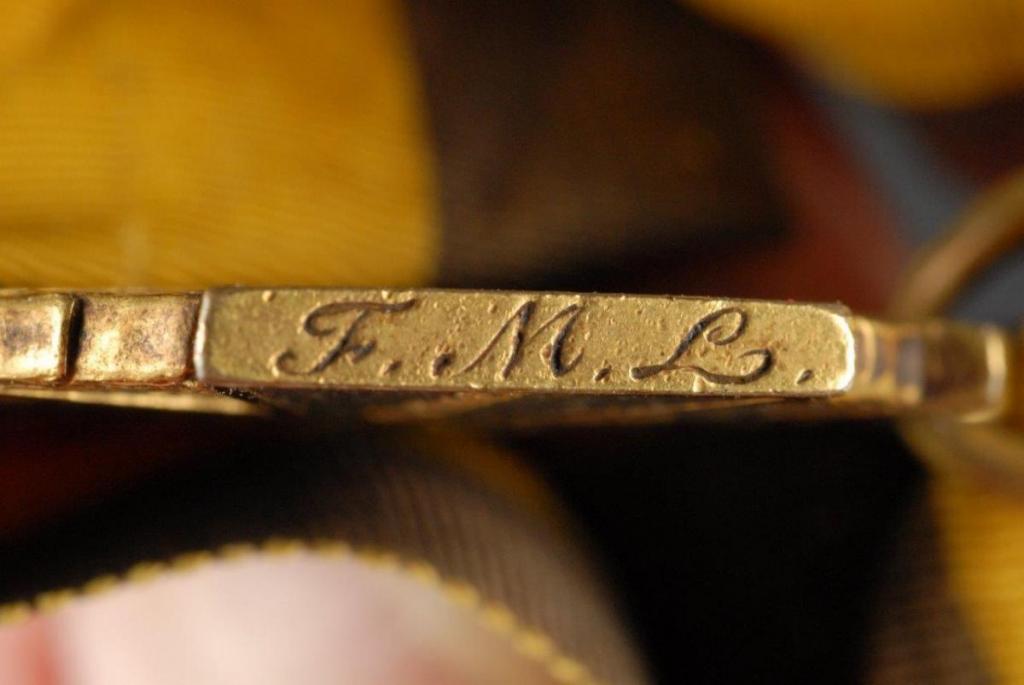
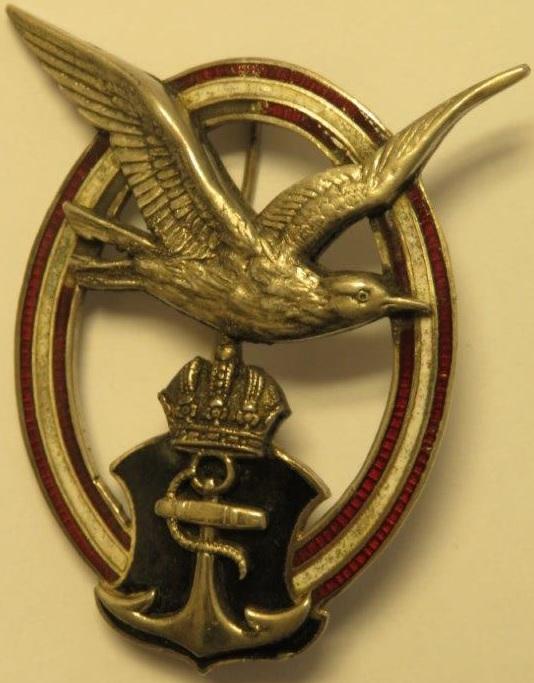

Questions about the Franz Joseph Memorial Medal of the Russian Infantry Regiment
in Russia: Imperial
Posted
Hello,
The medal that Emperor Franz Josef -as Oberstinhaber (not Oberbefehlshaber) of the Russian Kexholm Guards Rgiment- created on his 1898 Jubilee, was awarded in 91 cases, thus it's a very rare medal.
An original piece, will be auctioned at the Dorotheum, Vienna, on their next auction of Orders and Decorations, in November.